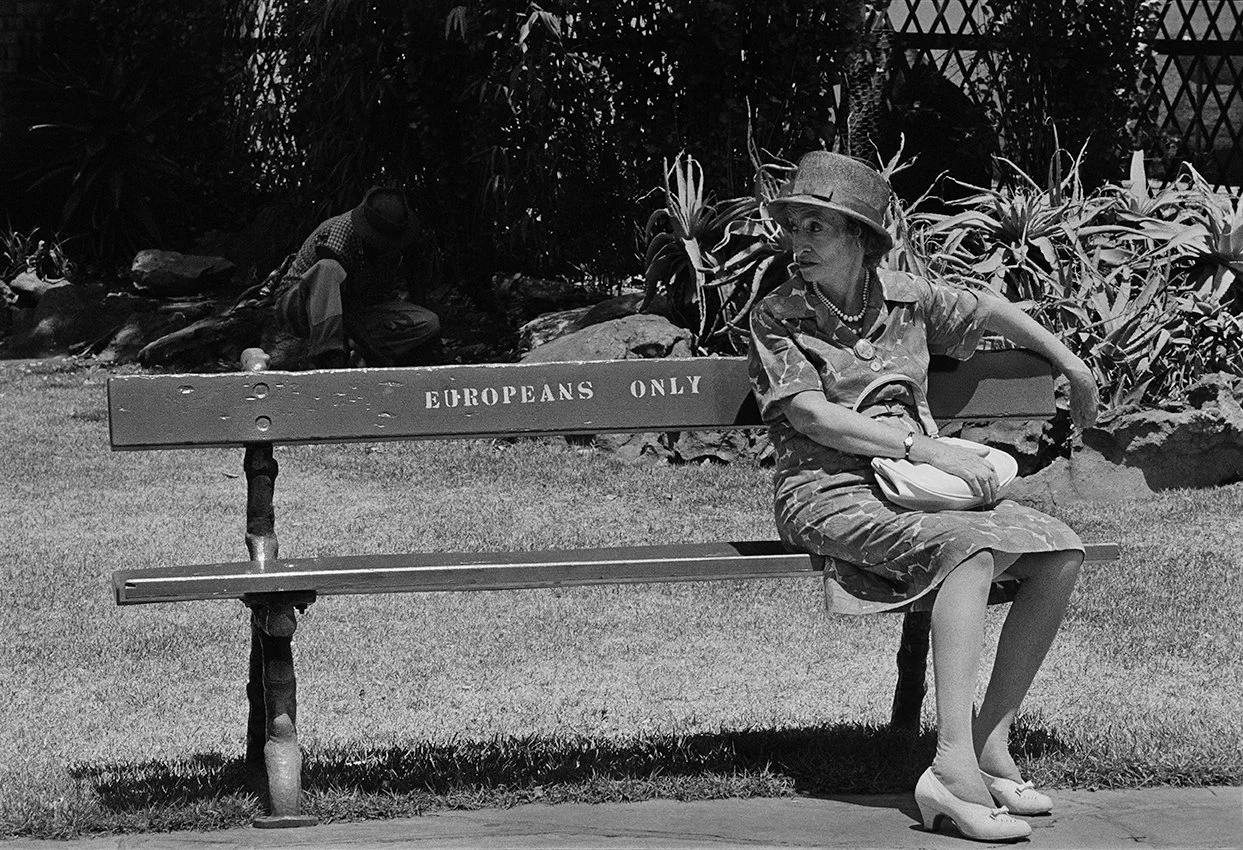ABOUT
ERNEST
COLE
Ernest Levi Tsoloane Kole was born in 1940 in Eersterust outside Pretoria. In his teenage years, Kole had begun to practice as a self-taught amateur photographer, and in 1958 he approached Jürgen Schadeberg for a job as a photographer at Drum, a magazine that became an important platform for a new generation of black writers and photographers, who changed the way Black South Africans were represented in society during Apartheid. Cole’s documentary photography work subsequently appeared in Drum, and the Rand Daily Mail, The World and Sunday Express newspapers from the early 1960s.
In 1966, under increasing scrutiny and intimidation from apartheid security police, Cole went into self-exile to the United States. He took with him the negatives of the work that would be published in 1967 as his seminal book “House of Bondage”. “House of Bondage” revealed what it meant to be black under apartheid. His photographs chronicled the various ways in which apartheid operated, from the treatment of black prisoners at the Number 4 prison (now Constitutional Hill), to the daily ways in which the regime organized and limited black public life and labour. Drawing attention to apartheid worldwide, the book was banned in South Africa. It continues to be a powerful visual testimony and archive of the stories and memories of the Black South African population during apartheid.




